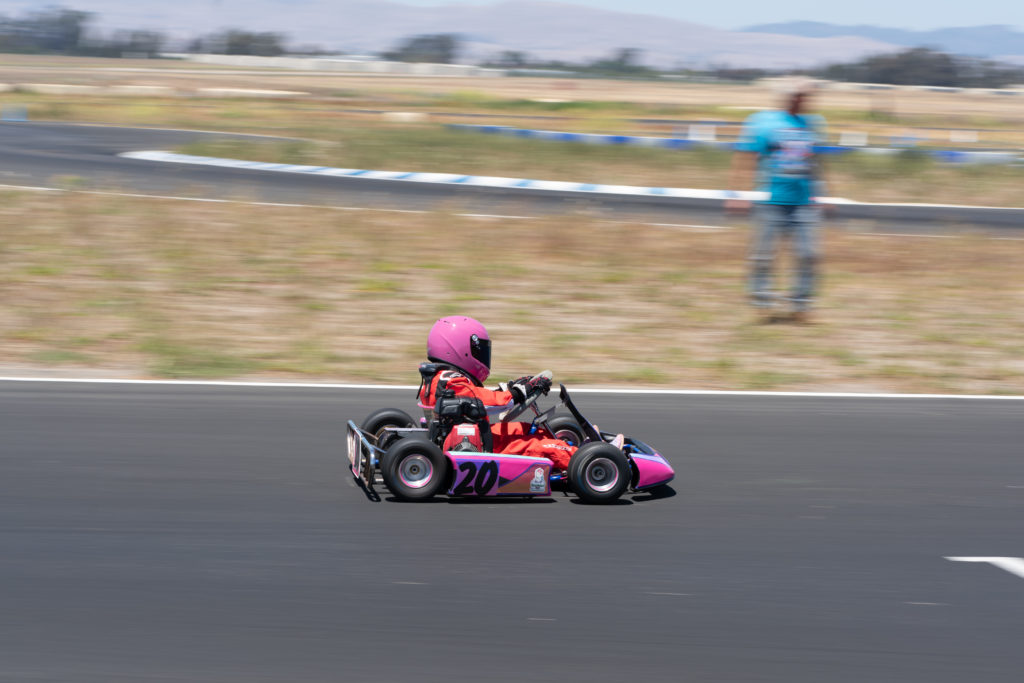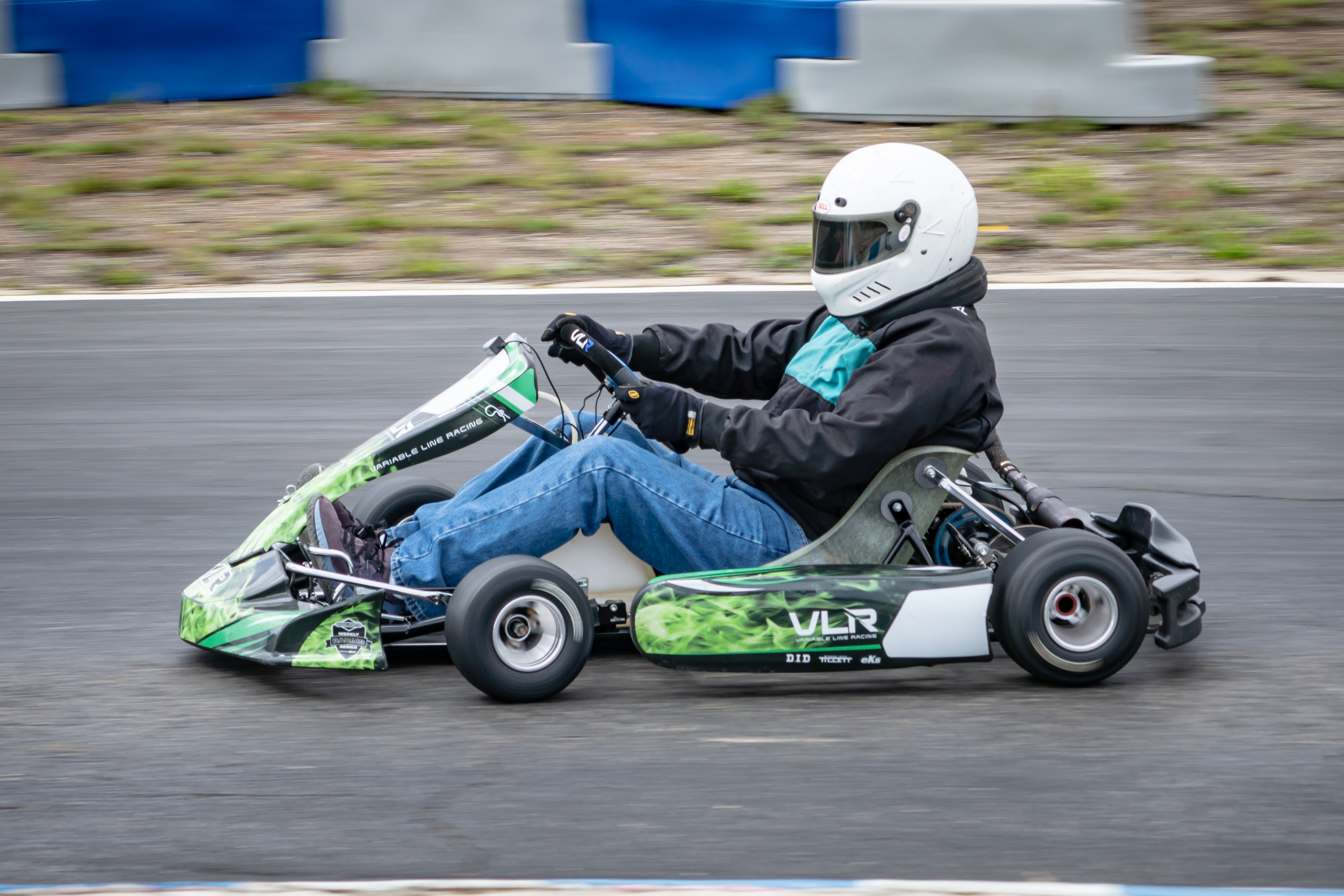There are various kinds of chassis in karting and over time karting chassis have seen technical evolution along with engine generations.
Chassis Size
There are three chassis sizes in outdoor race karts, Kid Karts, Cadet Karts, and Adult/Sr karts.
Kid karts are for youngsters between 4-8 years old, while Cadet Karts are for kids roughly aged 6-13.
Adult karts are for teenagers to full-grown adults. With an adult-sized chassis, you can fit the driver to the chassis with an appropriately sized seat.
Tube and Axle Diameter
Technical specifications of karting chassis start with axle diameter and chassis tube diameter. The standard for most new karting chassis today tends to be 50mm, while 4cycle Lo206 Karts often use a 40mm Axle.
Cadet Karts and some 4cycle chassis will feature 28mm tubes, while most adult kart chassis will be 32mm or 30mm diameter tubes. The larger the OD of the tube makes for a stiffer, stronger karting chassis, which is needed for higher horsepower engines and heavier adult drivers.
If you’re looking at a chassis to buy and wondering if it will work for you, look for tube diameter specs (28,30,32 mm), Axle Diameter (30,40,50mm), and front spindle type. You’ll often find older adult kart chassis with 17mm spindle diameters, and 8mm kingpin bolts. Nothing inherently wrong with these, but finding replacement parts can be difficult, and they offer less adjustability than you find in the new style 25mm hub style front spindles.
For a 4cyle a 28 or 30-mm chassis will work well.
For most other engine packages, 30 or 32-mm chassis will work. Note that kart chassis often have a mix of tube diameters in specific locations. It is the main longitudinal rails to measure.
Shifter karts will often have front brakes which improve the braking ability of the kart but also introduce some complexity to the kart, and will not be race-legal for non-shifter engine classes.

